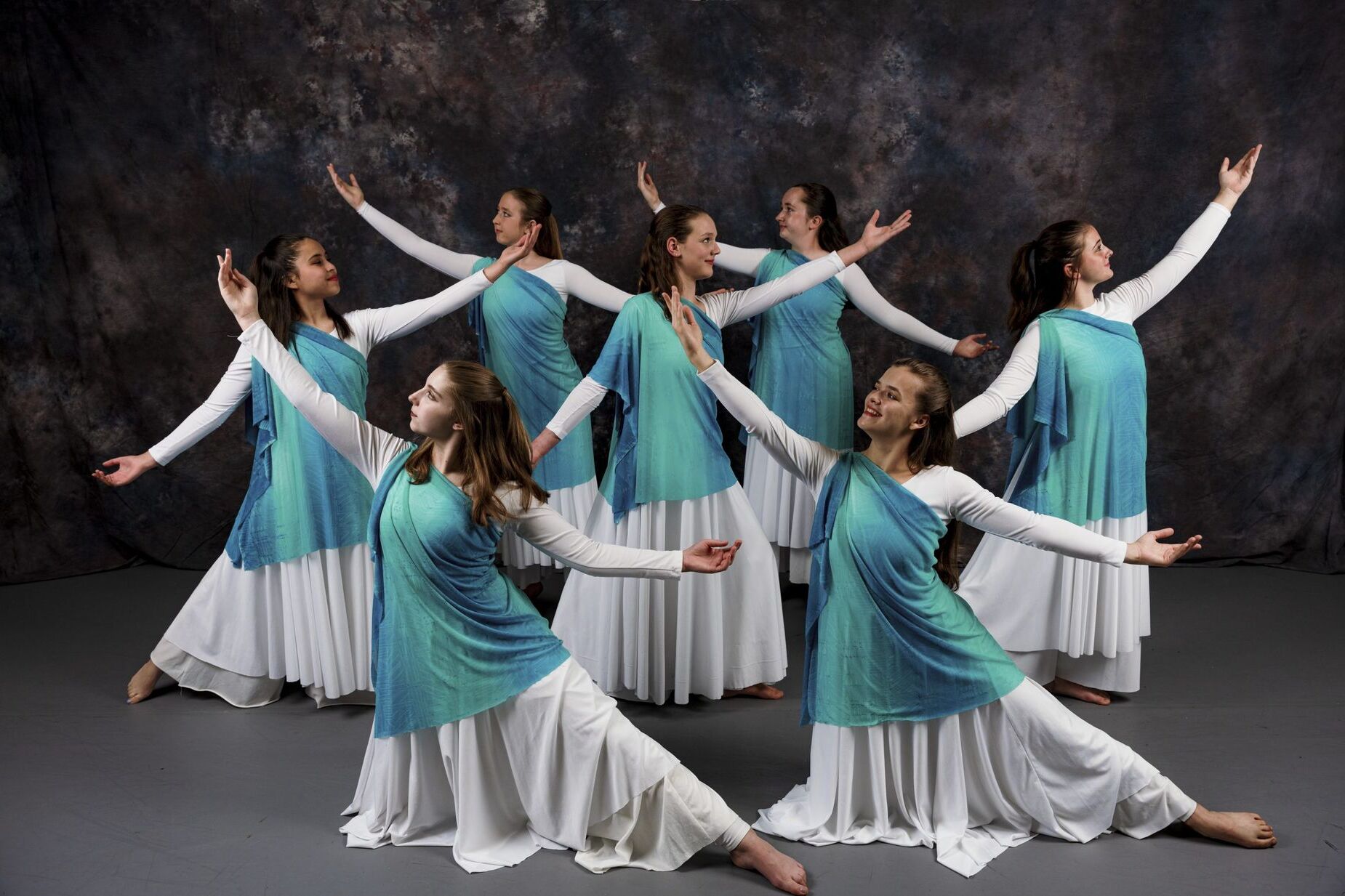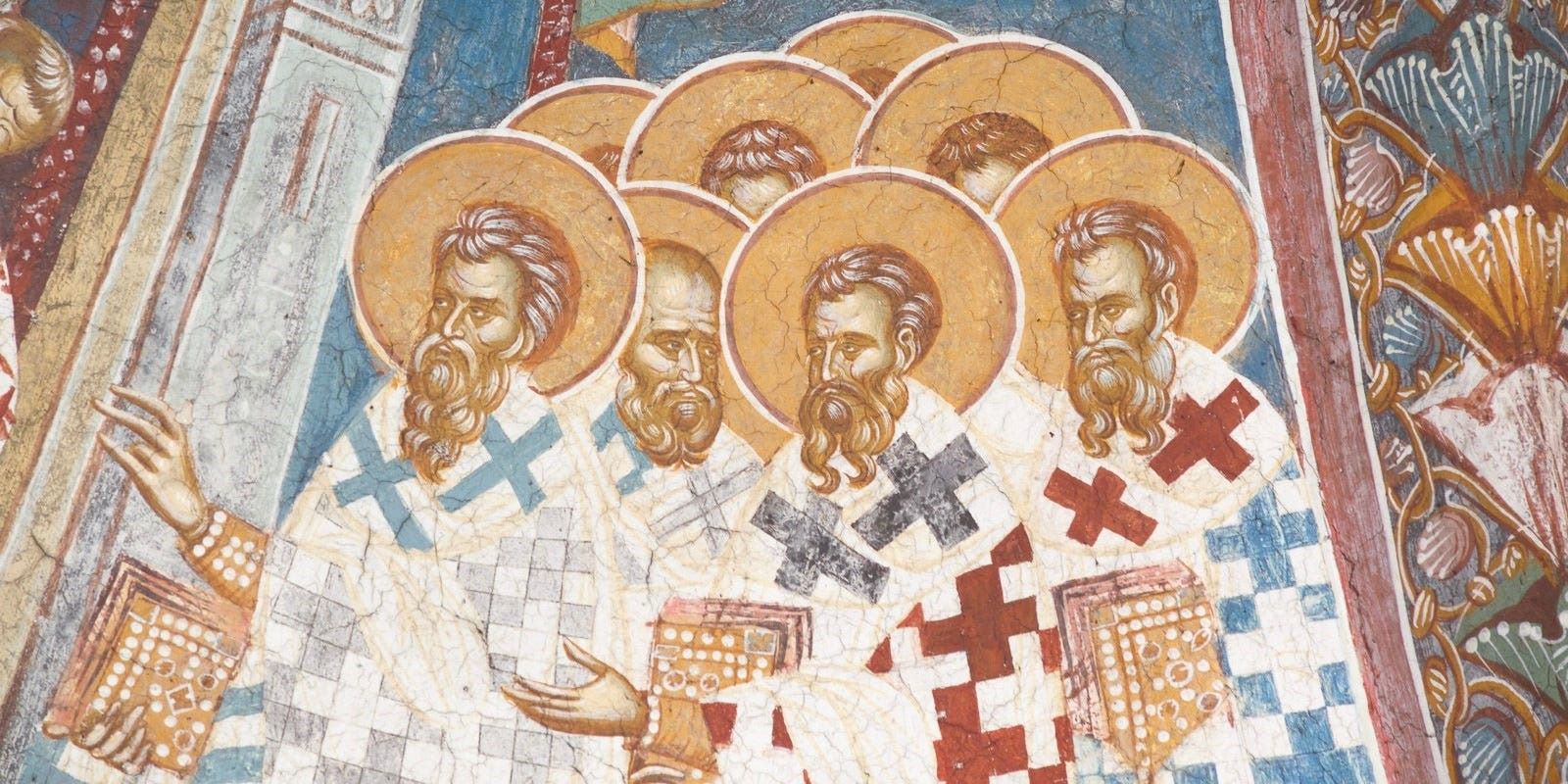
Liturgical dance is a unique form of worship that blends movement with spirituality. But what exactly is liturgical dance? Liturgical dance is a type of dance performed as part of religious services, often in Christian churches. It aims to enhance the worship experience by using the body to express faith, emotions, and biblical stories. This form of dance can be traced back to ancient times and has evolved over the centuries. Today, it includes various styles such as ballet, modern dance, and even folk dance. Whether you're a dancer, a worshiper, or just curious, learning about liturgical dance can offer a deeper understanding of how movement and faith intertwine.
What is Liturgical Dance?
Liturgical dance is a form of dance that is incorporated into religious worship. It’s a way for people to express their faith and spirituality through movement. This practice has roots in various religious traditions and continues to evolve.
- Liturgical dance can be traced back to ancient religious ceremonies where dance was used as a form of worship and communication with the divine.
- In Christianity, liturgical dance became more prominent during the 20th century, especially within Protestant and Catholic churches.
- This dance form often accompanies hymns, prayers, and scripture readings, adding a physical dimension to worship.
- Liturgical dance is not confined to any one style; it can include ballet, modern, jazz, and even folk dance elements.
- Some churches have dedicated dance ministries that perform during services and special religious events.
The Purpose of Liturgical Dance
Liturgical dance serves multiple purposes within a worship setting. It aims to enhance the spiritual experience for both the dancers and the congregation.
- One primary purpose is to visually interpret the music and scripture, making the worship experience more immersive.
- It allows dancers to use their bodies as instruments of praise, offering a unique form of devotion.
- Liturgical dance can help convey complex theological concepts in a more accessible and emotional way.
- It fosters a sense of community and shared spiritual experience among worshippers.
- This form of dance can also be a powerful tool for evangelism, attracting people who might not be reached through traditional preaching.
The Elements of Liturgical Dance
Several key elements define liturgical dance, making it distinct from other dance forms. These elements are often influenced by the specific religious context in which the dance is performed.
- Costumes in liturgical dance are usually modest and often include flowing garments that symbolize purity and grace.
- Music selection is crucial; it typically includes hymns, gospel songs, or instrumental pieces that align with the worship theme.
- Choreography is designed to complement the liturgical calendar, reflecting the themes of different religious seasons like Advent, Lent, and Easter.
- Props such as banners, ribbons, and candles are sometimes used to enhance the visual impact of the dance.
- The setting for liturgical dance is usually the sanctuary or another sacred space, emphasizing the dance’s spiritual significance.
The Impact of Liturgical Dance
Liturgical dance has a profound impact on both individual dancers and the broader worship community. It brings a dynamic element to religious services.
- For dancers, it provides a meaningful way to connect with their faith on a deeper level.
- Congregants often find that liturgical dance enhances their worship experience, making it more engaging and memorable.
- This dance form can break down barriers, fostering inclusivity and unity within diverse congregations.
- It has the potential to inspire and uplift, offering a sense of hope and renewal.
- Liturgical dance continues to grow in popularity, with more churches recognizing its value as a form of worship and expression.
The Heartbeat of Liturgical Dance
Liturgical dance, with its rich history and deep spiritual roots, continues to inspire and uplift. From its origins in ancient religious practices to its modern expressions in churches worldwide, this art form bridges the gap between the sacred and the expressive. It’s not just about movement; it’s about conveying faith, emotion, and community. Whether you're a dancer or an observer, the beauty and power of liturgical dance can touch your soul and deepen your spiritual experience. Embracing this tradition can bring a new dimension to worship, making it more vibrant and heartfelt. So next time you see a liturgical dance performance, remember the centuries of devotion and artistry behind each step. Let it move you, not just physically, but spiritually.
Was this page helpful?
Our commitment to delivering trustworthy and engaging content is at the heart of what we do. Each fact on our site is contributed by real users like you, bringing a wealth of diverse insights and information. To ensure the highest standards of accuracy and reliability, our dedicated editors meticulously review each submission. This process guarantees that the facts we share are not only fascinating but also credible. Trust in our commitment to quality and authenticity as you explore and learn with us.


